An earmold (ear mold British ear mould or earmould) is a device worn inserted into the ear for sound conduction or ear protection. Earmolds are anatomically shaped and can be produced in different sizes for general use or specially cast from particular ear forms. Some users specify how hard or soft they want their mould to be, an audiologist can also suggest this. As a conductor, it improves sound transmission to eardrums. This is an essential feature to diminish feedback paths in hearing aids and assure better intelligibility in noisy-environment communication.
The main goal in wearing earmolds is to attain better user comfort and efficiency. Earmolds (and their tubes) often turn yellow and stiff with age, and thus need replacement on a regular basis. The job of making earmoulds is very time consuming and skilful, each one is made individually.
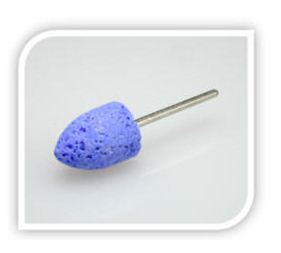
The color usually refers to the coarseness of stone, and the size is designated as a number (i.e. 4 or 6). White stones are used to grind acrylic or vinyl. The different sizes are used to maneuver into the different parts of an earmold or a custom in the ear device. Consider having at least a large and a small stone for various modifications.
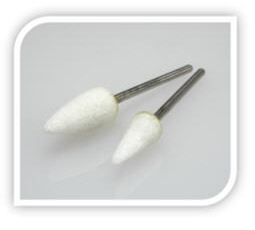
The Dremel can provide the high RPMs needed to grind silicone (5,000 to as much as 35,000 RPMs), and is easy enough to find at a local hardware or home improvement store. These are inexpensive at less than $100 and can be invaluable tools if you only have a simple bench grinder or no specialized grinder at all.
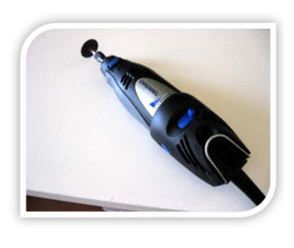
This particular model has a variety of RPMs and speeds, with relatively low torque. This does grind silicone very nicely. Using a hand-held instrument can be a little disconcerting if you are very used to a bench grinder, but making the adjustment takes little time at all.
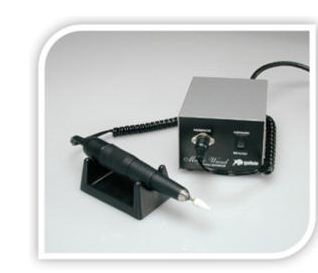
One of the largest advantages to this grinder is that is accepts any size drill bit or grinding stone on one side and has a polishing wheel on the other side. Unfortunately, this motor runs fairly slow at 2,000 to 4,000 RPM. This machine is not all that expensive and seems to be the workhorse in most dispensing offices for acrylics and vinyls. Unfortunately, it does not do well with silicone.
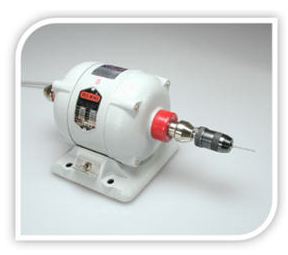
This is a high-end grinding motor typically found in earmold labs. This particular motor runs on two high speeds (12,000 to 24,000 RPM) and accomplishes this with a transmission. This multiplies the basic speed by about 5 to achieve up to 24,000 RPM. Therefore, the torque of this grinder is much higher than what you will find in everyday grinding motors. This type of grinder could be considered the luxury car of grinders.